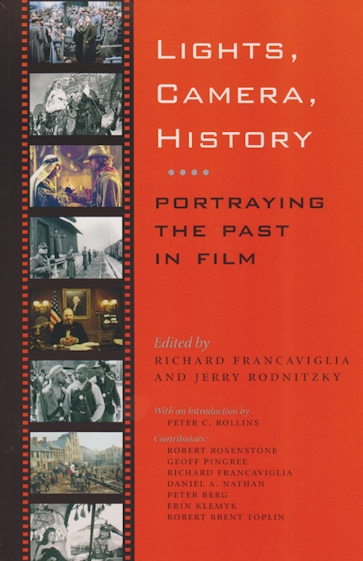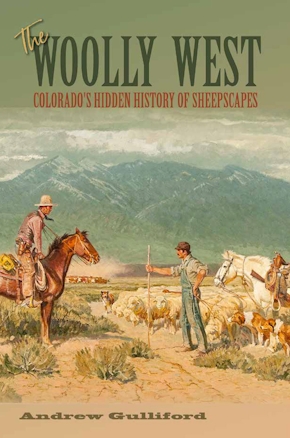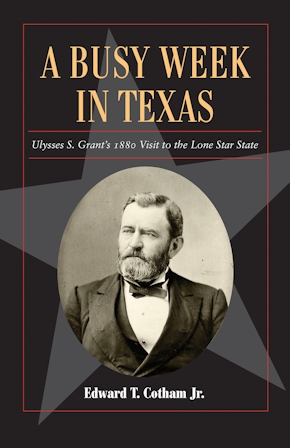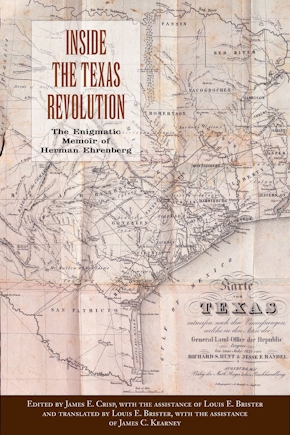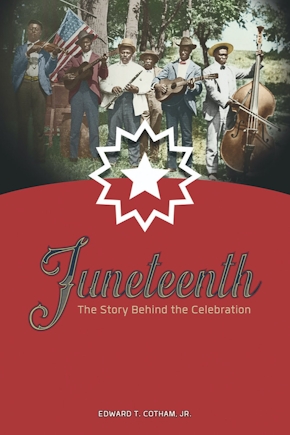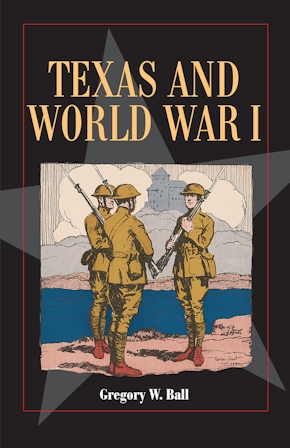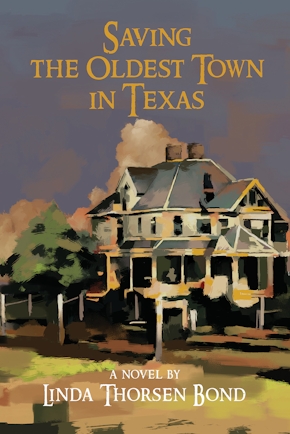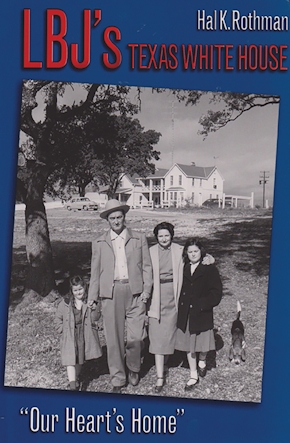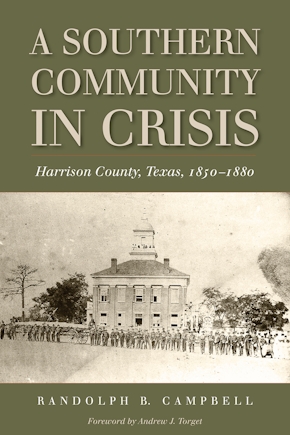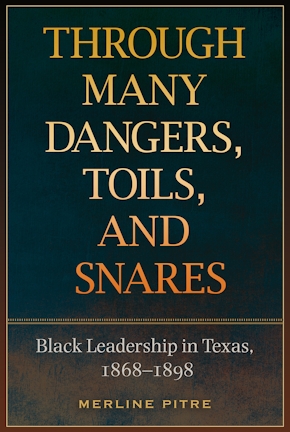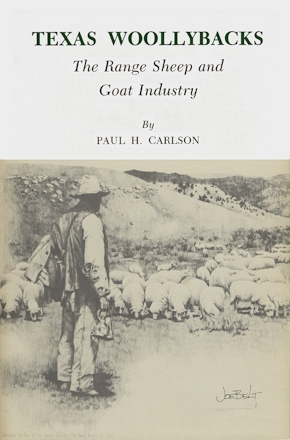Lights, Camera, History
Portraying the Past in Film
978-1-58544-580-6 Paperback
6 x 9 x 0 in
152 pp. 29 b&w photos., 1 line art.
Pub Date: 01/23/2007
Available
Robert Rosenstone’s “In Praise of the Biopic” considers such films as Reds, They Died with Their Boots On, Little Big Man, Seabiscuit, Cinderella Man, and The Grapes of Wrath. In his chapter, Geoff Pingree focuses on the big questions posed in Jay Rosenblatt’s 1998 film Human Remains. Richard Francaviglia’s chapter on films about the Middle East is especially timely in the post-9/11 world. One chapter, by Daniel A. Nathan, Peter Berg, and Erin Klemyk, is devoted to a single film: Martin Scorsese’s urban history The Gangs of New York, which the authors see as a way of exploring complex themes of the immigrant experience. Finally, Robert Brent Toplin addresses the paradox of using an art form (film) to present history. Among other themes, he considers the impact of Patton and Platoon on military decisions and interpretations, and of Birth of a Nation and Glory on race relations.
The cumulative effect is to increase the reader’s understanding of the medium of film in portraying history and to stimulate the imagination as to how it can and how it should not be used. Students and teachers of history and cinema will benefit deeply from this informative and thoughtful discussion.
About the Author
Published by Texas A&M University Press
